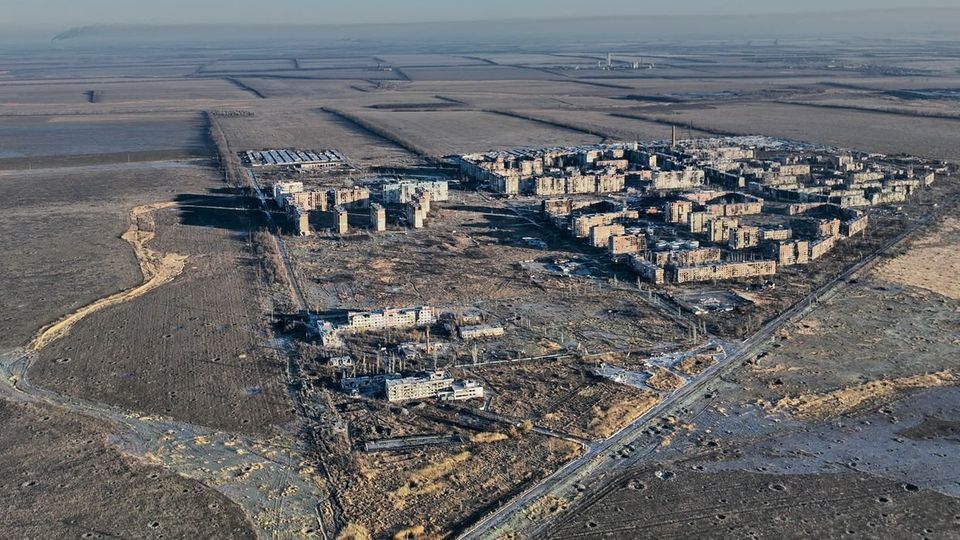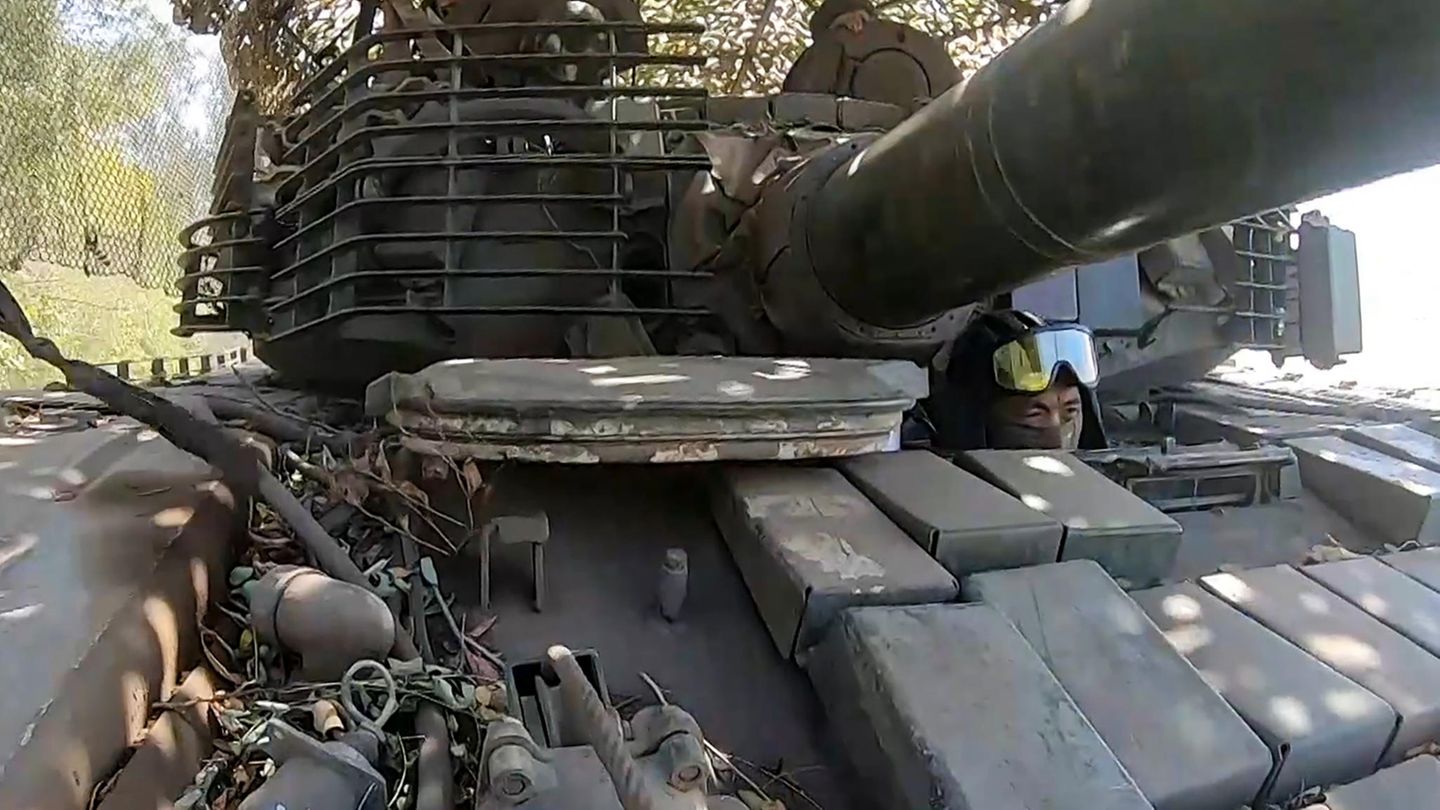The next city is lost in Donbass. Although Vuhledar has been converted into a fortress, the current Russian tactics are frightening.
The Russians suffered their worst defeats in Wuhledar. They tried several times to take the city, which had been converted into a fortress, by direct assault. But their tanks and transport vehicles were caught in an inferno of mines, drones and artillery. The attacks collapsed with heavy losses without even reaching the city area.
Vuhledar is a typical Donbass town. There is a coal mine nearby, and high-rise buildings take up a large part of the town area. This is followed by a zone of simple buildings, and to the east, towards the Russians, high-rise buildings dominate. Then, at the edge of town, it comes to an abrupt end: there are no patchwork of small settlements, but only fields and the typical strips of trees that were once planted to prevent soil erosion.

The city rises above the terrain like a medieval defensive tower. This is why the defenders were able to control the surrounding area – but now the exposed location is becoming a trap. About three months ago the Russians launched a new offensive, and now the city is on the verge of falling. The fate of Bakhmut and Avdiivka has kept the world in suspense, and the same is looming for Vuhledar, but there are hardly any reports about it.
Wide-ranging flank attacks
When the Russians began their new attempt to take the city, they were stronger than ever before, and they were adept at both the tactical and operational levels. The defenders, however, including the elite formation of the 72nd Mechanized Brigade, were worn out.
The Russians no longer stormed the city head-on. They first attacked a little further north, capturing a coal mine there and later probably also the associated waste dump. From this mountain you have a clear view of the access roads to Vuhledar. A little later, the villages south of the city on the TO509 highway were lost: Pawlika and then Prechystivka. This place protected the city to the west and it should have been held at all costs to prevent it from being surrounded. But Prechystivka was stormed and there was little resistance. How could this happen?
Kiev has concentrated the experienced 72nd Mechanized Brigade in the city, but left the flanks to a newly formed unit of conscripts. The soldiers were apparently neither trained nor did they have weapons or the motivation to fight vigorously. One possible reason for this is that some of the military equipment is not provided by the state but financed through crowdfunding – including the small drones that are vital for survival. But these funds often only benefit the prestigious brigades. A simple territorial defense unit usually does not have a global network of supporters.
The Russians have also learned something new tactically. They now advance in small groups. As soon as they recognize from the resistance which positions the enemy is in, they begin to systematically destroy them. With drones, artillery and bombs. In some cases, literally every house in a settlement is destroyed.
Tight bracket around Wuhledar
The final act for Vuhledar began on September 23. The Russians have entered the city. While they are establishing themselves in the eastern part, they are bombarding the rest of the city, including using the fearsome TOS rocket launchers.
The exact positions of the Russian encirclement are unknown or disputed, but the Russian attack arms are only a few kilometers apart. They have probably already reached the road from Wuhledar to Bohoyavlenka and taken over the trench system there. Then only a dirt road leads out of the city.
The remaining Ukrainians will try to escape to avoid being captured. This is true at least for the 72nd Mechanized Brigade. But the conditions are bad if Kiev cannot assemble forces for a relief attack to create a safe corridor for at least a while. The route or march out of the city leads along the rows of trees and across the fields. The Russians will expect a breakout or a slow trickle out of the Ukrainians. The retreat will cause corresponding losses: wounded and equipment will have to be left behind. The Ukrainians have no time to lose. If the Russians also penetrate the city from the west, it will hardly be possible to get the defenders out of the city.
The surrounding area must not be lost
It remains to be seen whether and where Kiev can build a new line of defense. The nearest town, Bohoyavlenka, is unsuitable due to its simple buildings and its location in a depression. The towns to the rear are not as well developed as Vuhledar, which has been fortified since 2014. The most critical thing is the Russian pace: on the one hand, fighting for the city has been going on since 2022, but the current operation has only lasted about three months.
Ukraine is faced with the problem that it is not enough to defend fortresses. The entire front must be held. But if the forces are not sufficient to secure the surrounding area, the fortress becomes a trap. Here the fate of the “strongholds” on the German Eastern Front in 1944 is repeated.
Source: Stern
I have been working in the news industry for over 6 years, first as a reporter and now as an editor. I have covered politics extensively, and my work has appeared in major newspapers and online news outlets around the world. In addition to my writing, I also contribute regularly to 24 Hours World.




